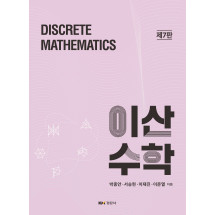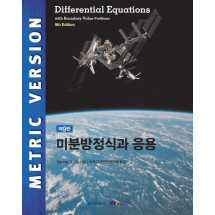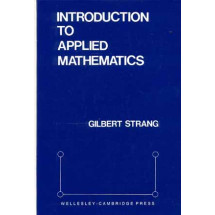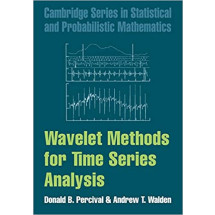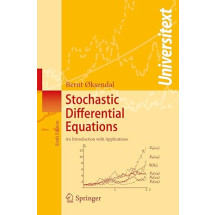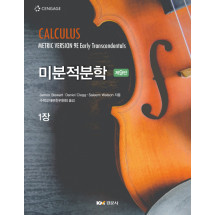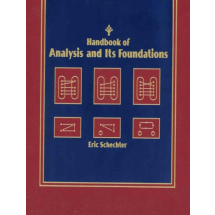What is the best way to photograph a speeding bullet? Why does light move through glass in the least amount of time possible? How can lost hikers find their way out of a forest? What will rainbows look like in the future? Why do soap bubbles have a shape that gives them the least area?
By combining the mathematical history of extrema with contemporary examples, Paul J. Nahin answers these intriguing questions and more in this engaging and witty volume. He shows how life often works at the extremes--with values becoming as small (or as large) as possible--and how mathematicians over the centuries have struggled to calculate these problems of minima and maxima. From medieval writings to the development of modern calculus to the current field of optimization, Nahin tells the story of Dido's problem, Fermat and Descartes, Torricelli, Bishop Berkeley, Goldschmidt, and more. Along the way, he explores how to build the shortest bridge possible between two towns, how to shop for garbage bags, how to vary speed during a race, and how to make the perfect basketball shot.
Written in a conversational tone and requiring only an early undergraduate level of mathematical knowledge, When Least Is Best is full of fascinating examples and ready-to-try-at-home experiments. This is the first book on optimization written for a wide audience, and math enthusiasts of all backgrounds will delight in its lively topics.
책 등에 도장이 찍혀 있습니다.
Preface xiii
1. Minimums, Maximums, Derivatives, and Computers 1
1.1 Introduction 1
1.2 When Derivatives Don't Work 4
1.3 Using Algebra to Find Minimums 5
1.4 A Civil Engineering Problem 9
1.5 The AM-GM Inequality 13
1.6 Derivatives from Physics 20
1.7 Minimizing with a Computer 24
2. The First Extremal Problems 37
2.1 The Ancient Confusion of Length and Area 37
2.2 Dido' Problem and the Isoperimetric Quotient 45
2.3 Steiner '"Solution" to Dido' Problem 56
2.4 How Steiner Stumbled 59
2.5 A "Hard "Problem with an Easy Solution 62
2.6 Fagnano' Problem 65
3. Medieval Maximization and Some Modern Twists 71
3.1 The Regiomontanus Problem 71
3.2 The Saturn Problem 77
3.3 The Envelope-Folding Problem 79
3.4 The Pipe-and-Corner Problem 85
3.5 Regiomontanus Redux 89
3.6 The Muddy Wheel Problem 94
4. The Forgotten War of Descartes and Fermat 99
4.1 Two Very Different Men 99
4.2 Snell' Law 101
4.3 Fermat, Tangent Lines, and Extrema 109
4.4 The Birth of the Derivative 114
4.5 Derivatives and Tangents 120
4.6 Snell' Law and the Principle of Least Time 127
4.7 A Popular Textbook Problem 134
4.8 Snell' Law and the Rainbow 137
5. Calculus Steps Forward, Center Stage 140
5.1 The Derivative:Controversy and Triumph 140
5.2 Paintings Again, and Kepler' Wine Barrel 147
5.3 The Mailable Package Paradox 149
5.4 Projectile Motion in a Gravitational Field 152
5.5 The Perfect Basketball Shot 158
5.6 Halley Gunnery Problem 165
5.7 De L' Hospital and His Pulley Problem, and a New Minimum Principle 171
5.8 Derivatives and the Rainbow 179
6. Beyond Calculus 200
6.1 Galileo'Problem 200
6.2 The Brachistochrone Problem 210
6.3 Comparing Galileo and Bernoulli 221
6.4 The Euler-Lagrange Equation 231
6.5 The Straight Line and the Brachistochrone 238
6.6 Galileo' Hanging Chain 240
6.7 The Catenary Again 247
6.8 The Isoperimetric Problem, Solved (at last!) 251
6.9 Minimal Area Surfaces, Plateau' Problem, and Soap Bubbles 259
6.10 The Human Side of Minimal Area Surfaces 271
7. The Modern Age Begins 279
7.1 The Fermat/Steiner Problem 279
7.2 Digging the Optimal Trench, Paving the Shortest Mail Route, and Least-Cost Paths through Directed Graphs 286
7.3 The Traveling Salesman Problem 293
7.4 Minimizing with Inequalities (Linear Programming) 295
7.5 Minimizing by Working Backwards (Dynamic Programming) 312
Appendix A. The AM-GM Inequality 331
Appendix B. The AM-QM Inequality, and Jensen' Inequality 334
Appendix C. "The Sagacity of the Bees" 342
Appendix D. Every Convex Figure Has a Perimeter Bisector 345
Appendix E. The Gravitational Free-Fall Descent Time along a Circle 347
Appendix F. The Area Enclosed by a Closed Curve 352
Appendix G. Beltrami 'Identity 359
Appendix H. The Last Word on the Lost Fisherman Problem 361
Acknowledgments 365
Index 367


